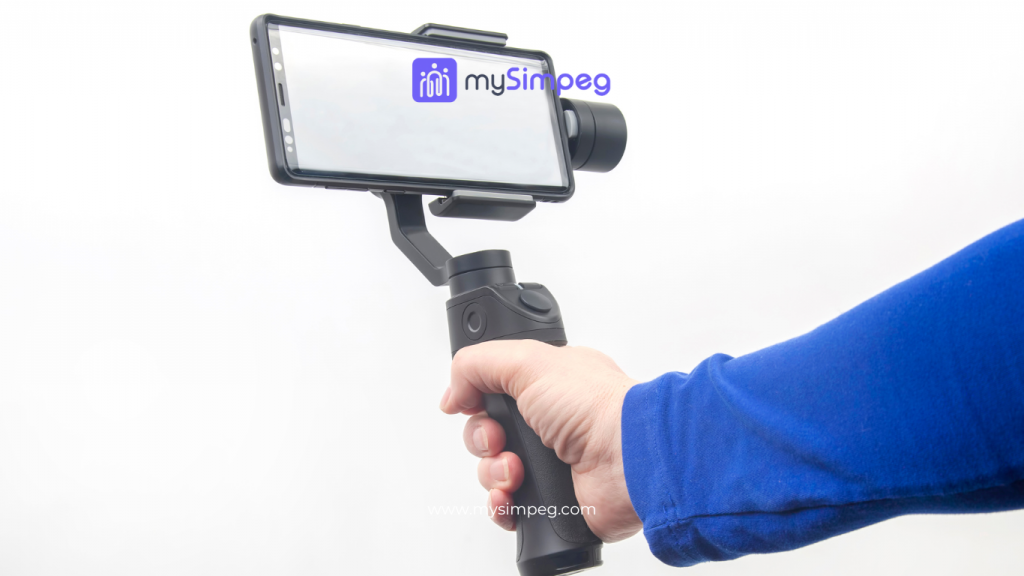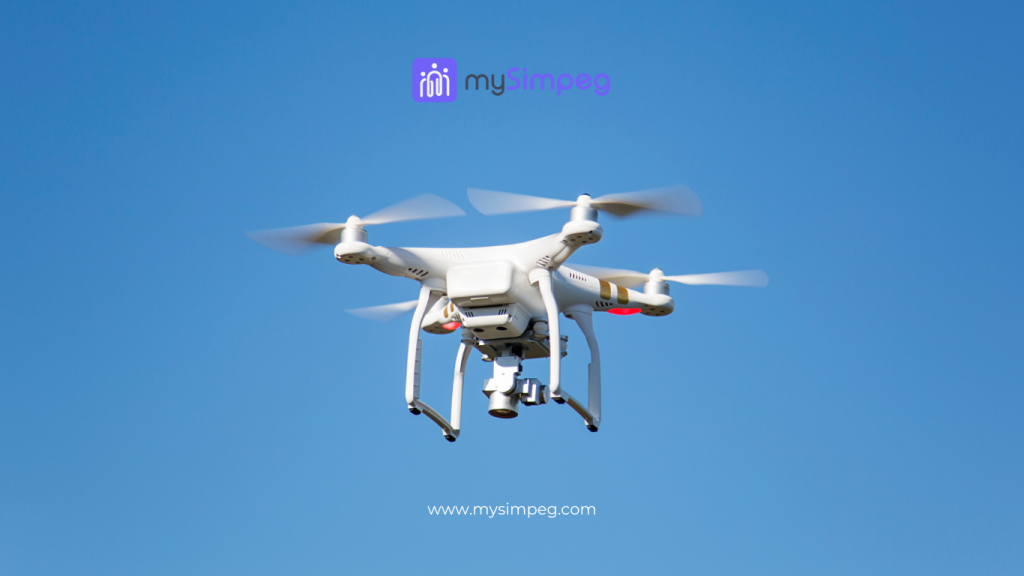Don't miss our holiday offer - 20% OFF!
Modern technology continues to evolve, bringing innovations that change how we interact with the world. Two crucial components often found in various devices, from smartphones to drones, are accelerometers and gyroscopes. These two sensors play a vital role in measuring orientation, motion, and acceleration, allowing modern devices to work more precisely and efficiently. This article will delve into the roles of accelerometers and gyroscopes in today’s technology.
Contents
- 1 1. Introduction to Accelerometers and Gyroscopes
- 2 2. The History and Evolution of Accelerometers and Gyroscopes
- 3 3. Applications of Accelerometers and Gyroscopes in Smartphones
- 4 4. The Role of Accelerometers and Gyroscopes in Drones
- 5 5. The Influence of Accelerometers and Gyroscopes in Other Devices
- 6 6. Challenges and the Future of Accelerometers and Gyroscopes
- 7 Conclusion
1. Introduction to Accelerometers and Gyroscopes

Read More: IoT Sensor Technology for Drought Monitoring: Advanced Solutions for Water Resource Management
What Is an Accelerometer?
An accelerometer is a sensor that measures the linear acceleration of an object. In the context of electronic devices, accelerometers are used to detect changes in speed and direction of movement. This sensor typically consists of micro-mechanical structures that respond to physical motion, converting it into electrical signals that can be analyzed by the device.
What Is a Gyroscope?
A gyroscope, on the other hand, is a sensor that measures rotation or changes in angular orientation. Gyroscopes help devices understand their position in three-dimensional space. This sensor works by measuring angular velocity, which is crucial for stabilization and motion control.
2. The History and Evolution of Accelerometers and Gyroscopes

Baca Juga: How Energy Sensors Revolutionize Building Energy Management
Early Applications
Accelerometers and gyroscopes have been used for decades, primarily in aviation and military industries. Initially, gyroscopes were used in aircraft navigation systems to help pilots maintain orientation during flight. Accelerometers, on the other hand, were first applied in earthquake measurement devices.
Technological Evolution
With the development of microelectromechanical systems (MEMS) technology, accelerometers and gyroscopes underwent significant miniaturization. MEMS technology enabled the production of smaller, cheaper, and more energy-efficient sensors. This opened the door for the application of these sensors in consumer devices such as smartphones, gaming consoles, and drones.
3. Applications of Accelerometers and Gyroscopes in Smartphones

Baca Juga: The Future of Security: How Biometric Sensors are Changing the Way We Protect Personal Data
Detecting Orientation and Rotation
In smartphones, accelerometers are used to detect the device’s orientation. For example, when you rotate your phone from a vertical to a horizontal position, the accelerometer detects this change and adjusts the screen display accordingly. The gyroscope, on the other hand, is used in features such as image stabilization and augmented reality (AR), where accuracy in rotation and orientation is crucial.
Use in Health Applications
Accelerometers also play a role in health applications, such as pedometers that count users’ steps. This sensor detects changes in acceleration caused by body movement, allowing the phone to accurately track physical activity.
More Immersive Gaming Experience
Gyroscopes in smartphones also play a crucial role in gaming. Many modern games utilize the gyroscope for motion control, allowing players to direct characters or objects in the game by moving their device.
4. The Role of Accelerometers and Gyroscopes in Drones

Read More: Drone Technology in Agricultural Monitoring for Smart Agriculture
Drones are a perfect example of devices that heavily rely on accelerometers and gyroscopes. These two sensors work together to maintain drone stability during flight. The gyroscope detects drone rotation, while the accelerometer helps compensate for linear movements caused by wind or other external factors.
Autonomous Flight Systems
In more advanced drones, accelerometers and gyroscopes are used in autonomous flight systems. These sensors enable drones to navigate independently, avoid obstacles, and maintain a fixed position in the air without user intervention.
Applications in Aerial Photography
For aerial photographers, stability is key. Gyroscopes in drones help keep the camera steady, even when the drone is moving or facing wind interference. This allows for smoother and more professional image and video capture.
5. The Influence of Accelerometers and Gyroscopes in Other Devices

Gaming Consoles and Virtual Reality
In addition to smartphones and drones, accelerometers and gyroscopes are also used in gaming consoles and virtual reality (VR) devices. These sensors allow players to experience more responsive and realistic motion controls. In VR devices, the gyroscope helps create an immersive experience by tracking the user’s head movements in real-time.
Wearable Devices
Wearable devices like smartwatches and fitness trackers also use accelerometers to track users’ physical activity and sleep patterns. In some devices, gyroscopes are used for additional features such as posture monitoring or more in-depth motion analysis.
Automotive Industry
In the automotive industry, accelerometers and gyroscopes are used in vehicle stabilization systems, traction control, and airbags. These sensors help vehicles respond to unstable road conditions and prevent accidents by activating airbags at the right moment.
6. Challenges and the Future of Accelerometers and Gyroscopes
Technological Challenges
Although accelerometers and gyroscopes have made significant advancements, there are some challenges that need to be addressed. One such challenge is the issue of drift in gyroscopes, where sensor accuracy can degrade over time. This can affect device performance, especially in applications that require high precision.
Future Innovations
The future of accelerometers and gyroscopes looks bright with the emergence of more advanced technologies, such as optical or quantum-based sensors. These sensors promise increased accuracy and better performance, opening new opportunities for innovation across various industries.
Conclusion
Accelerometers and gyroscopes have become vital pillars in the development of modern technology. From smartphones to drones, these sensors enable devices to operate more efficiently, responsively, and accurately. Although challenges remain, the future of accelerometers and gyroscopes is very promising, with the potential to continue transforming the way we interact with technology.





